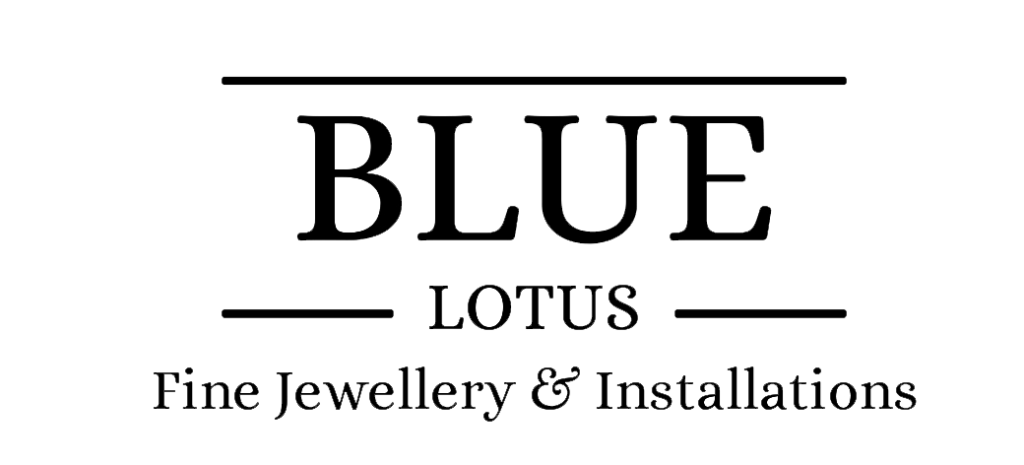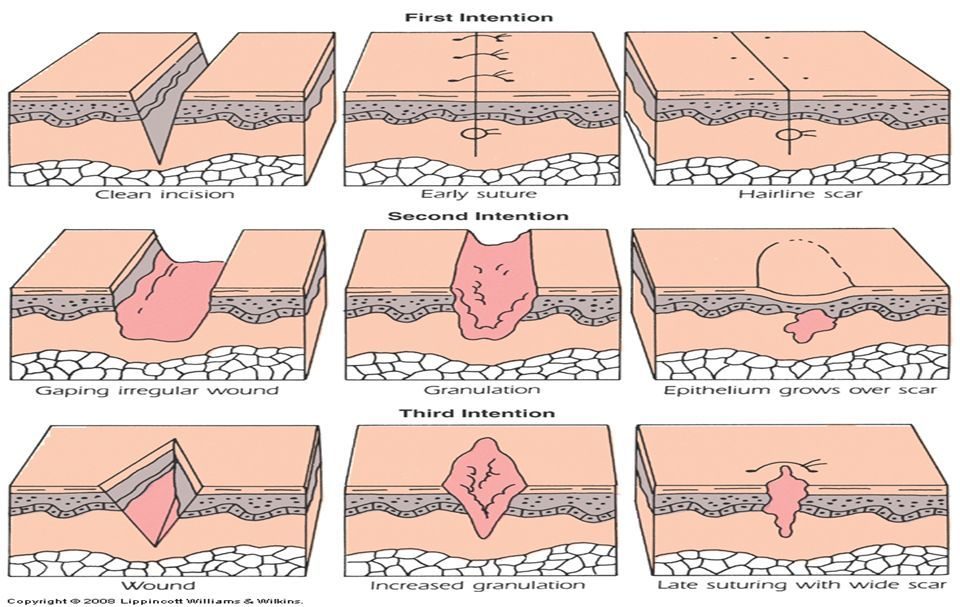healing
THE STAGES OF HEALING
The healing process of any body piercing is remarkable and complex, and it is also susceptible to interruption due to local and systemic factors, including moisture, infection, and maceration (local); plus age, nutritional status, body type (systemic).
However when the right healing environment is established, the body works in wondrous ways to heal and replace devitalized tissue.
HOMEOSTASIS & INFLAMMATORY
(Swelling and redness)
It’s unlikely for your piercing to bleed, but immediately after being pierced and the next 24 hours are when it’s most likely. This is a natural reaction from the body and is necessary to clot the wound. Apply pressure with a clean tissue for a few minutes and dry after, just don’t over clean and knock the scab away as this will cause more bleeding.
The inflammatory stage peaks around 24 to 48 hours after being pierced. This stage of healing allows the body to flush the area of debris and facilitates growth factors and proteins that attract immune cells to facilitate tissue repair.
PROLIFERATION
(Dry skin or crust)
This stage consists of 1) filling the wound; 2) contraction of the wound margins; and 3) covering the wound (epithelialization).
During the first stage, shiny, deep red granulation tissue fills the wound bed with connective tissue, and new blood vessels are formed. During contraction, the wound margins contract and pull toward the center of the wound. In the third stage, epithelial cells arise from the wound bed or margins and begin to migrate across the wound bed in leapfrog fashion until the wound is covered with epithelium. The Proliferative phase often lasts anywhere from four to 24 days.
MATURATION
During the Maturation phase, the new tissue slowly gains strength and flexibility. Here, collagen fibers reorganize, the tissue remodels and matures and there is an overall increase in tensile strength.
The Maturation phase varies greatly from piercing to piercing, often lasting anywhere from 21 days to two years.
When this stage is complete, know as the total heal time for your piercing as advised by your piercer. THIS is when you can begin to change your jewellery over as regularly as you wish.

